Today, two types of solar panels dominating the U.S. market – monocrystalline and polycrystalline. Both function in the exact same way, capturing light from the sun and turning it into electricity. Both are made from silicon, which is abundant and very durable.
Both mono and poly solar panels can be good choices for your home or business, but there are key differences between the two types of technology that you should understand before making your final solar purchase decision.
Monocrystalline solar panels
To make a monocrystalline solar panel, silicon is formed into bars and cut into wafers. These types of panels are called “monocrystalline” to indicate that the silicon used is a single-crystal of silicon. Because the cell is composed of a single crystal, the electrons that generate a flow of electricity have more room to move. As a result, monocrystalline panels are more efficient than their polycrystalline counterparts. Monocrystalline panels are recognizable by their black appearance.
Polycrystalline solar panels
Polycrystalline solar panels are also made from silicon, but instead of using a single crystal of silicon, manufacturers melt many fragments of silicon together to form the wafers for the panel. Because there are many crystals in each cell, there is to less freedom for the electrons to move. As a result, polycrystalline solar panels have lower efficiency ratings than monocrystalline panels. Poly panels have a bluish color.
Mono vs. Poly solar panels: Which are right for you?
Saving money is one of the best reasons to go solar, and whether you choose mono or poly solar panels, you’ll be decreasing your electricity bills. The option you choose comes down to your personal preferences, space constraints and pricing.
- Personal preferences: If the appearance of your solar panels is important to you, remember that mono vs. poly solar panels tend to appear differently on your roof. Monocrystalline panels have black glass, while the typical polycrystalline panels have a blue glass. Most consider the mono panels to be more aesthetically appealing. Mono panels also come with all black framing so the entire panel appears black, which makes it less visible and more compatible with HOAs and higher-end commercial projects.
- Space constraints: If you have limited roof space or land, then you should consider a more efficient panel, which will produce more electricity in the same foot-print. As mentioned earlier, monocrystalline panels are more efficient and therefore they allow you to maximize your electricity production with fewer panels. Alternatively, if you have plenty of roof space or you are installing a ground-mounted system, then lower-efficiency polycrystalline can be a more economic option.
- Pricing: Poly solar panels are less-expensive to manufacture and therefore the most economical choice when going solar. So if their appearance is not an issue and space is sufficient then polys can be an excellent choice, especially for large commercial projects where the panels will not be visible.
Compare Mono vs. Poly solar panel options before deciding on a system. We recommend you explore your options with both mono and poly solar panels before making a final purchase decision. When you contact Lifetime Solar our representatives will assist you in selecting the best panels for your solar system project.



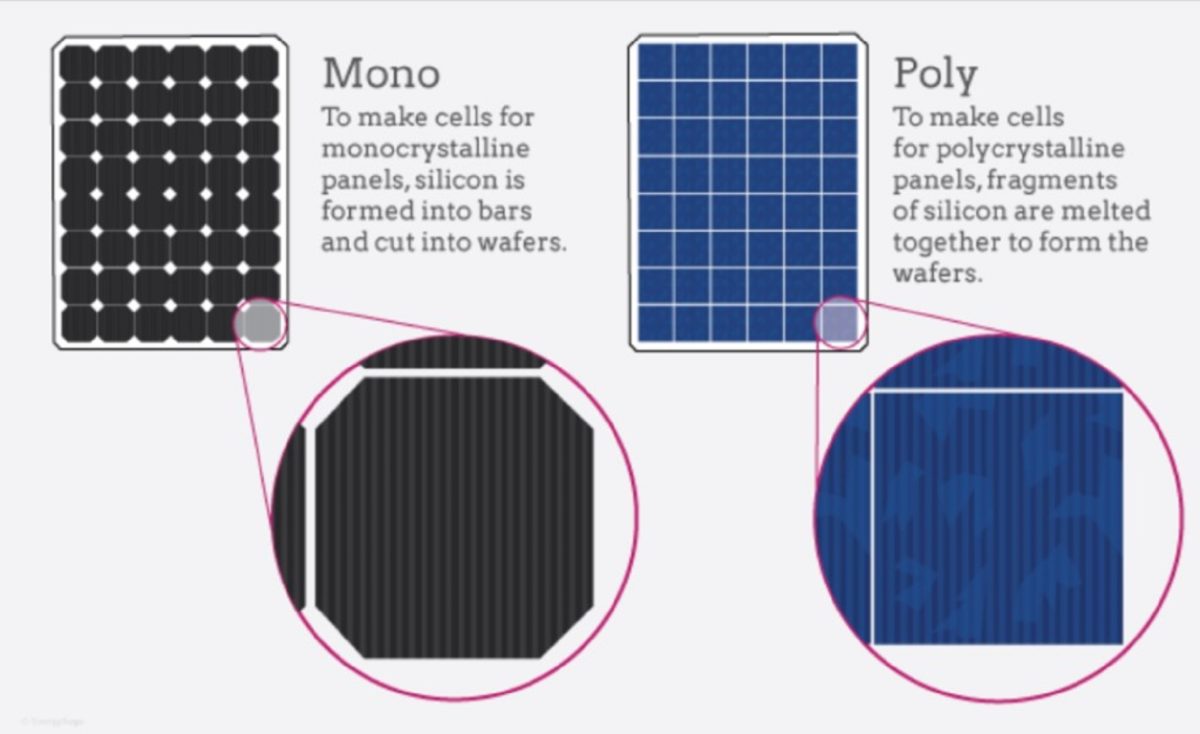
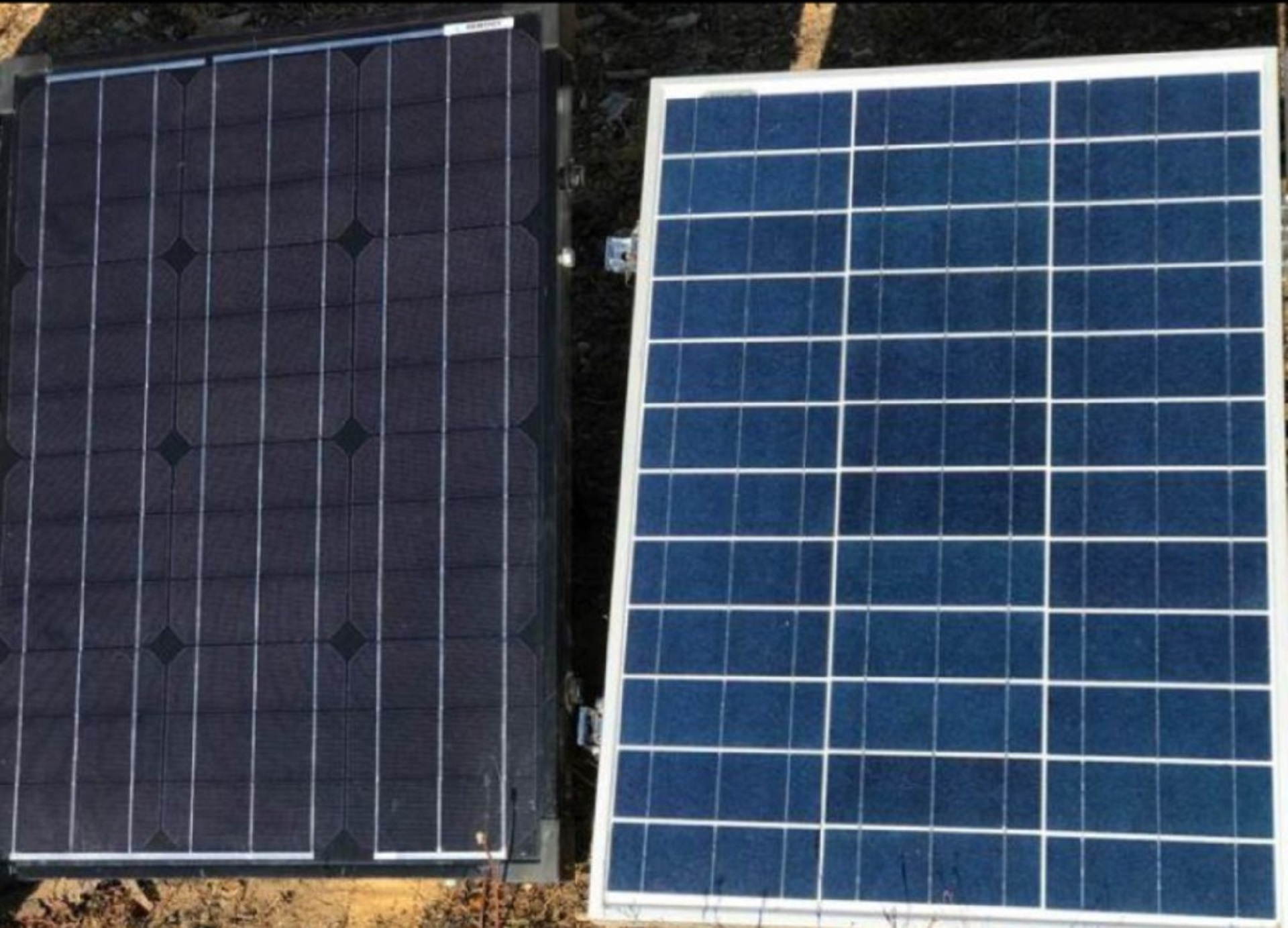
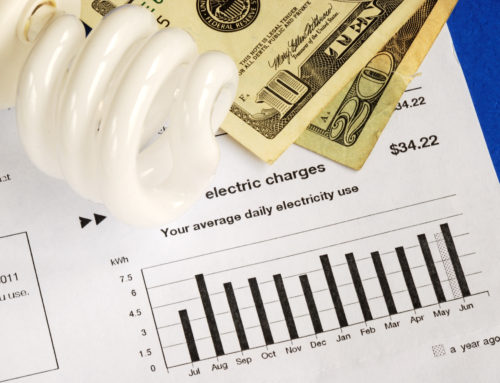
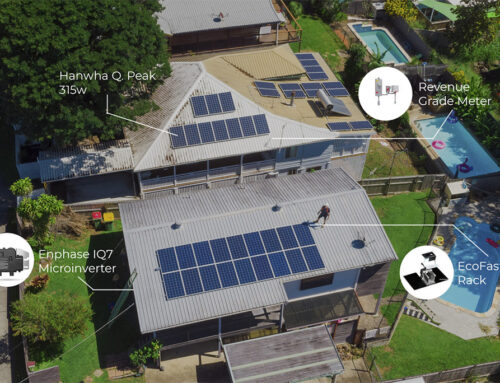
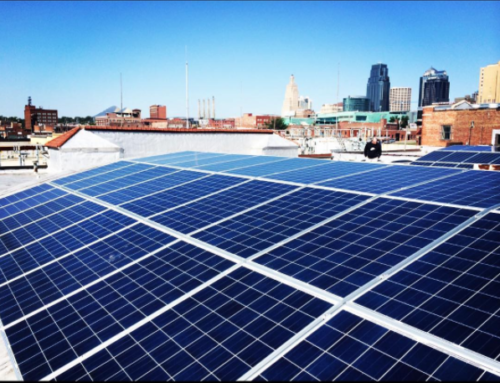
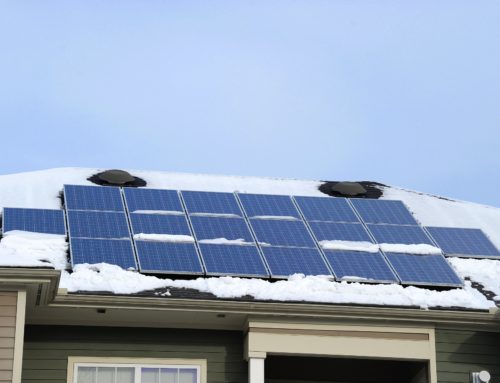
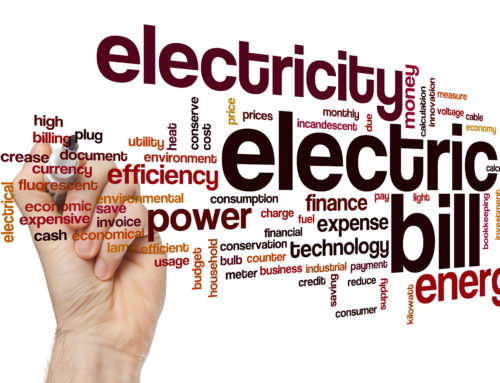
Leave A Comment
You must be logged in to post a comment.